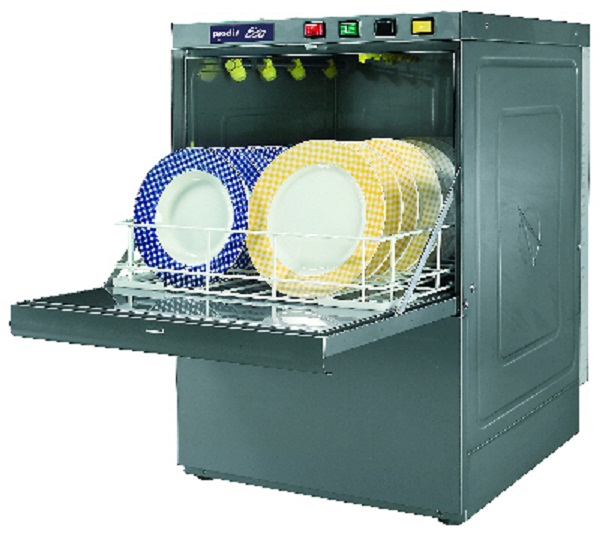For sparkling and squeeky clean dishes one should know how to avoid dishwasher mishaps. There are a number of things that can go wrong while scrubbing dishes clean in a dishwasher. Many of them are delicate and made from stone or china thus are prone to cracking, chipping and breaking. Therefore, you should know of all the adequate precautions to take when using a dishwasher. Among all the tips for using dishwashers, a very important one is to load the machine correctly. Here are a few tips to load your dishwasher the right way.

1. Check if the dishwasher has a garberator or any other type of trash unit fitted in. If there is none, then it is better to scour off the hard and solid food particles from the dishes before placing them inside.
2. Read the exact amount of detergents needed in the machine and only add the right quantity.
3. A rotating wing will move in and around the device when it is in operation. After loading all the utensils and pushing the tray inside, ensure that no objects or dinnerware is coming in its way.
4. Rinse glassware before adding it to the dishwasher. This helps it to come out spick and span without any spots or stains.
5. Never load dishes upto the brim of the dishwasher. This results in overloading and the dishes will not come out clean. You will be wasting time as the soiled dishes will definitely require a second rinse.
6. Maintain sufficient space between the dishes so that water and detergents can pass through them easily.
7. The dishwasher vibrates when in operation. So if you have placed delicate and breakable stuff close to each other, then it is bound to get shattered or ruptured. So keep space between fragile and brittle dishware. Additionally, do not stack any heavy or solid items near breakable ones. For instance, never place a heavy metal ladle near a china plate.
8. Plastic dishware can melt or deform inside. To avoid this from happening, just keep all plastics in the top rack. Try to use the no heat drying cycle to cleanse your dinnerware. All delicate glass and ceramic mugs should also be placed on the topmost rack.
9. To clean bowls, serving dishes and other containers with deep hollows, just invert them while placing inside. This means keeping them slanted or upside down.
10. For small objects like lids and caps, you have a basket inside the gadget. Stuff them inside the basket to avoid them from being trapped at the bottom of the dishwasher. The cutlery basket also should not be jam packed.
11. Do not bunch the same type of cutlery together. Mix together all knives, forks and spoons if you want them properly cleansed. The sharp points of knives and forks should not face upwards.
12. If you are washing any jars or bottles, then remove their paper labels first. These labels can get trapped in the drains of the dishwasher. Also, the jars and bottles should be placed standing upright.
13. Large sized cookware, heavy plates and other bulky crockery should be placed on the bottom rack as this placement aids in pressurized cleansing.



